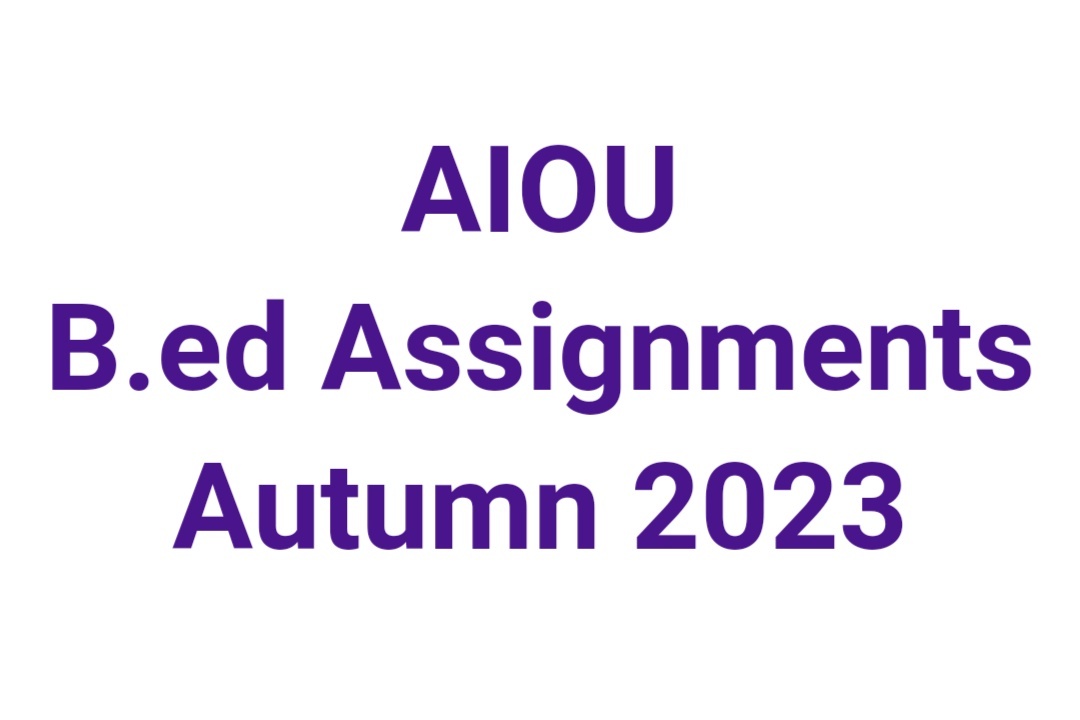Administration and supervision are integral components of organizational management, each encompassing distinct characteristics that contribute to the smooth functioning and success of an institution or a system.
Characteristics of Administration:
Strategic Decision-Making: Administrators focus on long-term planning and make strategic decisions that align with the organization's mission and goals.
Policy Formulation: They are responsible for formulating policies and guidelines that govern the functioning of the organization, ensuring compliance and consistency.
Macro-Level Focus: Administration operates at a higher level of the organizational hierarchy, concerned with overseeing entire departments or the organization as a whole.
Resource Allocation: Administrators handle resource allocation, including budgeting, staffing, and distribution of resources to various departments.
Visionary Leadership: Administrators exhibit visionary leadership, inspiring and guiding the organization towards growth and success by setting a clear vision and direction.
Strategic Planning: They engage in strategic planning, setting goals and objectives, and devising strategies to achieve them.
Characteristics of Supervision:
Operational Focus: Supervision involves day-to-day operations, focusing on overseeing and managing the execution of tasks and activities within specific departments or units.
Implementation of Policies: Supervisors ensure that organizational policies and procedures are implemented effectively at the ground level.
Direct Interaction: They have direct interaction with frontline employees, providing guidance, support, and feedback to ensure efficient workflow.
Skill Development: Supervisors are involved in training, coaching, and developing the skills of employees to enhance their performance.
Performance Monitoring: They monitor and evaluate the performance of individuals or teams, providing corrective measures when necessary to improve outcomes.
Problem-Solving: Supervisors are responsible for addressing day-to-day challenges and resolving issues that arise within their specific area of responsibility.
Relationship Between Administration and Supervision:
Hierarchical Structure: Administration typically holds a higher position in the organizational hierarchy, overseeing supervisors who manage operational aspects.
Complementary Roles: While administration focuses on broader planning and policy-making, supervision executes these plans at a practical level, ensuring they're implemented effectively.
Collaborative Approach: Both administration and supervision work collaboratively to achieve organizational objectives, with administration setting the direction and supervision ensuring its practical application.
Administration focuses on strategic planning, policy formulation, and resource management at a higher level, while supervision concentrates on implementing policies, managing day-to-day operations, and ensuring efficient performance at a more operational level within an organization. Both roles are essential and complementary in achieving organizational success





0 Comments